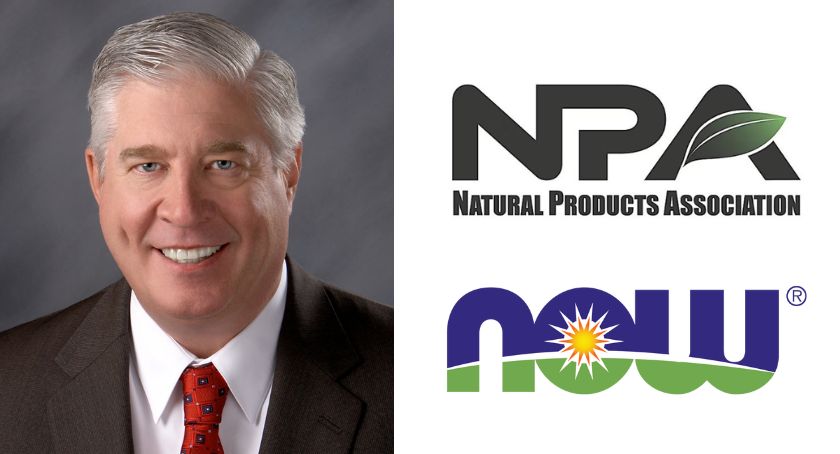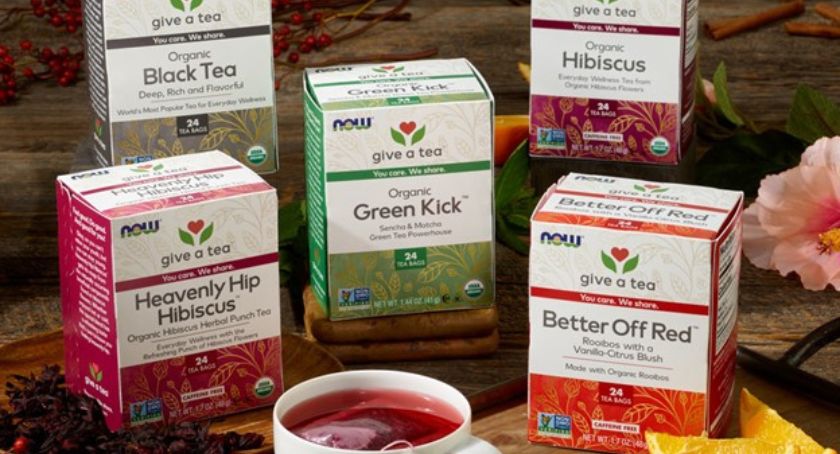By: Lisa Olivo
About 40% of all the food produced in the U.S. is wasted, amounting to 160 billion pounds annually, according to Jonathan Bloom, global food waste expert and author of American Wasteland, who hosted a recent Food Tank webinar to discuss the food waste crisis and what steps can be taken to protect the environment, our wallets and the hungry.
About one fourth of the food brought into the home is thrown away and not eaten. To put this in perspective, the amount of food wasted daily could fill up the Rose Bowl (a 90,000-seat stadium)—twice.
Cause & Effect
Getting to the heart of why American’s are so wasteful, Mr. Bloom pointed to root causes such as “abundance, beauty and cost,” which leads consumers to devalue the food they eat and throw so much of it away. First, he suggested that the abundance of food available to U.S. consumers leads them to undermine its importance.
As a country, “We’re producing twice the amount of food we need per person, per year,” he said. “Given that, it’s not terribly surprising that we turn around and waste our food supply.” In addition, he pointed to massive food portions offered at many restaurants, which ultimately contribute to more waste.
Another cause leading to wastefulness is the desire for all food to look “perfect,” like what’s often marketed in glossy magazines or on popular food television shows. Food that may have small blemishes is often discarded even though it’s perfectly fresh and edible.
Lastly, Mr. Bloom hypothesized that the low cost of food in the U.S. is an additional culprit. “No other nation spends as little on its food. It’s about 10% of our household spending, and actually it’s at an all-time low despite an increase in food prices in the U.S.” With Americans spending so little to fill their fridge, Mr. Bloom suggested they don’t value their food items because they’re so inexpensive. Similar to how we don’t value things we have in abundance, we also don’t have a high regard for items for which we don’t pay much.
Lost food knowledge also leads to waste in the food cycle. “As a culture we’ve stepped out of the kitchen to a large extent,” said Mr. Bloom. “We’re not sure how long things last, and how to properly store food items.” As a result, Americans are throwing away perfectly good food before it’s spoiled.
Expiration dates are included on nearly all products, even some packaged goods, such as water, that don’t go bad. Additionally, expiration dates usually err on the side of caution, and list dates earlier than food will usually become inedible. Infant formula is actually the only food product required by federal law to list an expiration date, he said. Though relatively controversial, Mr. Bloom recommended trusting your senses, suggesting that smelling and tasting food is often the best indicator of its freshness.
Moral Responsibility
The U.S. has twice as much food as it needs, yet there are still 49 million food-insecure people in the county, according to Mr. Bloom That’s 141 trillion calories wasted per year.
“We shouldn’t waste food because it’s ethically, environmentally and economically harmful.” Redistributing just 2% of the food wasted annually is enough to bring the number of food insecure American above the hunger threshold, he said.
This moral responsibility should extend to protecting the planet, in addition to the people who inhabit it, he added. Four percent of all U.S. energy consumption (300 million barrels of oil) is used on food that is ultimately wasted. “Every year we squander 70 times the amount of oil spilled in the Deep Water Horizon Leak through the food we throw out.”
Producing food that is ultimately discarded, also leads to wasted water resources. According to Mr. Bloom, 25% of fresh water is used on discarded food products, the equivalent of 40 trillion liters in the U.S.
Decaying food in landfills also contributes to methane gas emissions—a greenhouse gas that is more than 20 times as potent as carbon dioxide at trapping heat. “We’re aiding climate change from our kitchen waste bin,” said Mr. Bloom, as decaying food matter without air contributes to the production of this harmful gas.
Also, as the country grapples with difficult economic times, it seems wrong to waste so much hard-earned money on food that’s thrown away. “$750 billion dollars is tied up in food we don’t use,” reported Mr. Bloom. “The average family of four throws away on average $2,000 annually through food that is not used. So think about that the next time you’re buying in bulk, and feeling like you’re really getting a deal. We don’t usually factor in the expense of the food that we don’t use.”
Reduce, Reuse, Recycle
So how can the country change its wasteful ways? The first step is through meaningful legislation. Currently, laws are being passed that would ban organic waste in landfills. Such measures could drastically reduce the methane emissions resulting from food waste, as well as raise awareness surrounding the fact that food waste is a national problem. Vermont, Massachusetts, Connecticut, Rhode Island, in addition to many parts of the European Union, have taken measures to prevent or limit organic landfill waste.
Mr. Bloom also recommended that states make composting mandatory, or even instituting a more robust composting infrastructure, possibly incentivizing compliance with tax deductions. If more Americans thought of unused food as a resource that could be used as a source of energy, rather than just “waste,” perhaps they would value food more, Mr. Bloom suggested.
Food recovery programs are also an important step in the process. Such programs take discarded but edible food, and redistribute them to people in need. Mr. Bloom referenced a variety of programs that assist caterers, restaurants and grocery stores in donating unused food, such as Lean Path, Food Cowboy and Feeding Forward. In addition, a newly established program, Food Recovery Certified, endorses restaurants and companies that donate food. Such a distinction gives donators credit for doing the right thing, and also promotes the concept of limiting food waste.
Public awareness campaigns are also an integral part of the recovery process, according to Mr. Bloom. The Environmental Protection Agency (EPA) is currently working on a program called “Food Too Good To Waste,” which is being piloted in west coast communities. In Britain, the program “Love Food, Hate Waste” has had a significant impact in reducing food waste.
On a personal level, simple ways of being more mindful and less wasteful can help overcome unhealthy habits pertaining to food and how it’s discarded. Mr. Bloom recommended simple adjustments such as taking smaller, more frequent visits to the grocery store and sticking to a shopping list for pre-planned weekly meals; avoiding “stocking up” on products; keeping stored food visible so consumers remember what they have available to them; relying on the freezer for when you have too much; and when going out to eat, remembering to ask for a doggy bag.
He also said that growing your own food and visiting farms is a great way to get adults, and especially children to connect with and value the food they eat. “The kids who know where food comes from are more likely to be healthy eaters, and contribute to less food waste.”
But we need to act fast, and the stakes have never been higher. With the global population set to reach at least 9 billion by 2050, scarcity of resources is going to be a huge issue to contend with, and wasting sustenance will no longer be an option. Mr. Bloom noted that agricultural policy and business leaders often jump to the conclusion that feeding this looming population will require increasing food production by 60-70%. Doing this would most likely mean using rainforests as farmland, and/or more heavily relying on genetically modified (GMO) crops. Rather than rely on such drastic measures, Mr. Bloom hopes that being more efficient with our current food supply can better prepare us for the future.





















